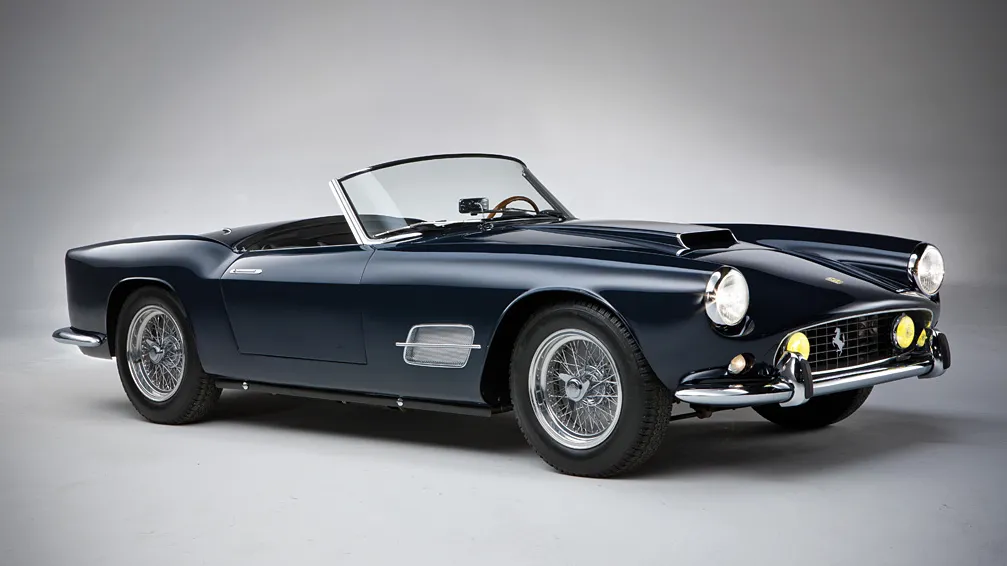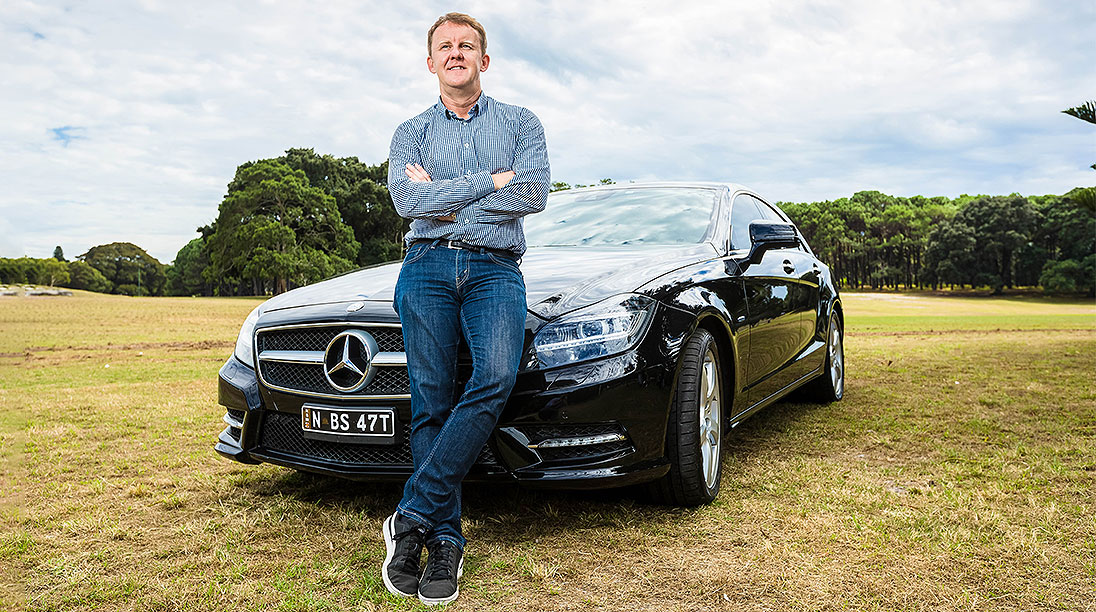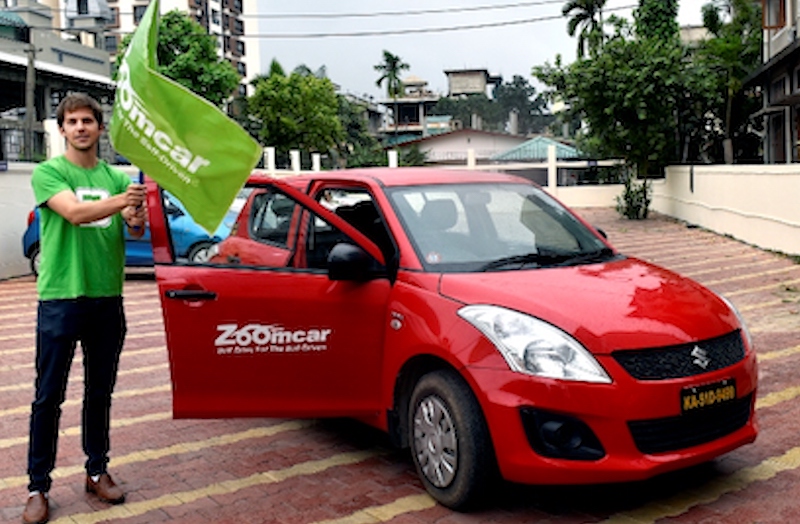Convertible cars offer more than just good looks—they bring the joy of driving to life. Whether you imagine cruising along coastal roads or enjoying a sunny city commute with the top down, convertible cars create a memorable and liberating driving experience. With a retractable roof and a sleek profile, convertibles provide the best of both worlds: the comfort of a closed cabin and the freedom of open-air driving when the weather allows.
Once considered luxury or weekend cars, modern convertibles now come in a wide range of options, including budget-friendly and fuel-efficient models. Automotive technology has evolved to make convertibles safer, more practical, and easier to maintain than ever before. In this comprehensive guide, we’ll explore the different types of convertible cars, their benefits, potential drawbacks, top models available today, and essential maintenance tips. Whether you’re a car enthusiast or a first-time buyer, this blog will help you decide if a convertible is right for you.
What Are Convertible Cars?
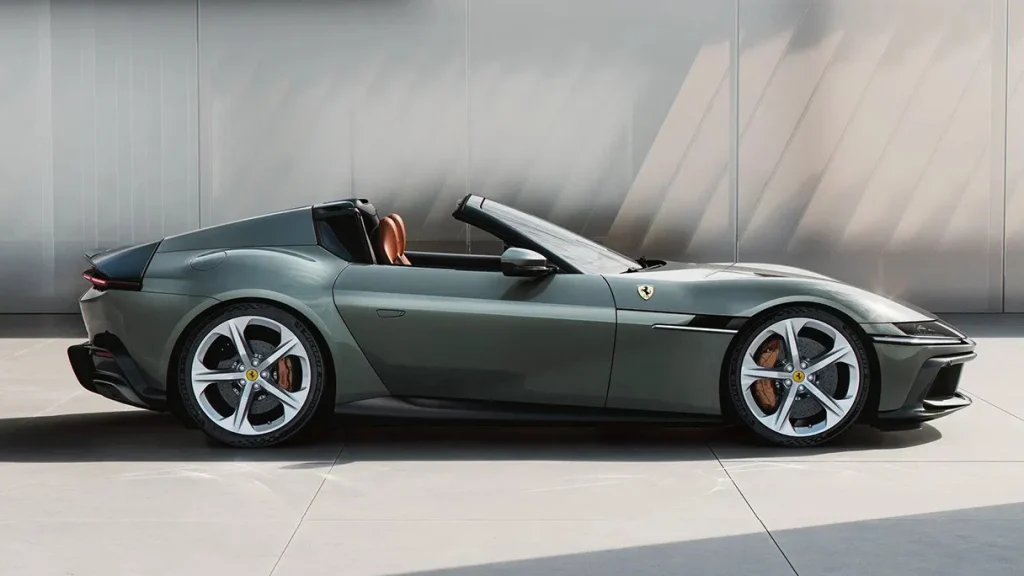
Convertible cars are unique vehicles with a retractable or removable roof that allows drivers to enjoy open-air motoring. This feature sets them apart from traditional sedans, coupes, or SUVs. Convertibles offer flexibility—you can drive with the roof closed like any regular car, or drop the top for a breezy, scenic ride. Their design combines the thrill of outdoor driving with the comfort and performance of a well-built automobile.
There are two main types of convertible roofs: soft-top and hard-top. Soft-tops are typically made of cloth or vinyl, while hard-tops are constructed from durable metal or composite panels. Some convertibles are fully automatic, allowing the roof to fold or unfold with the push of a button, while others require manual operation.
These cars are usually designed with reinforced structures to maintain safety without a permanent roof. You’ll find convertibles in various styles—from compact two-seaters to full-size luxury models. They appeal to drivers who seek a mix of adventure, elegance, and performance on the road.
Types of Convertible Cars
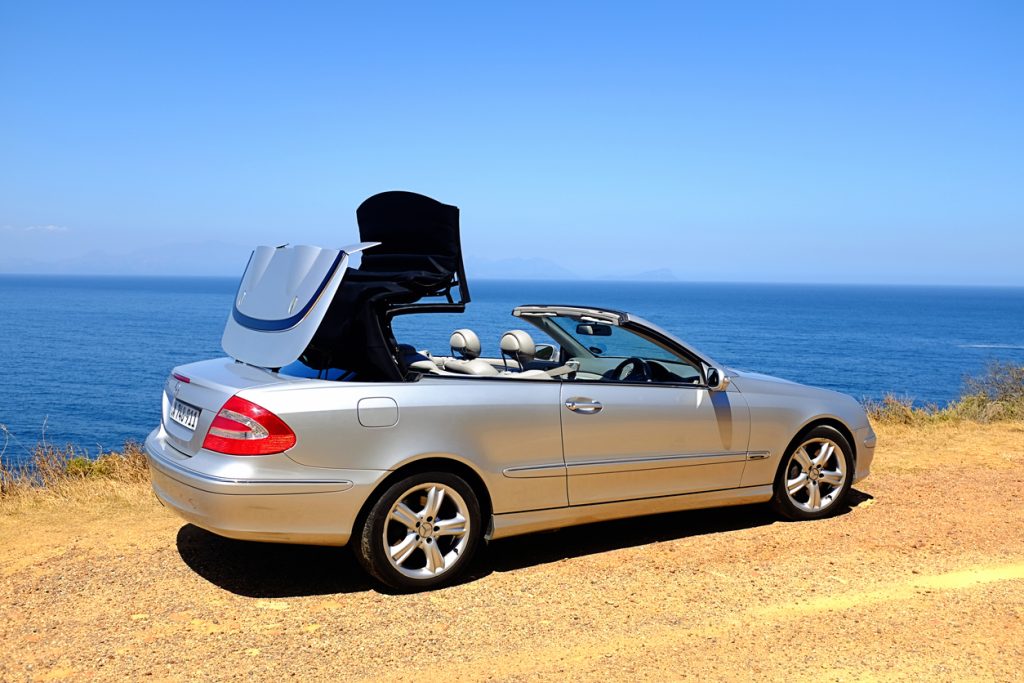
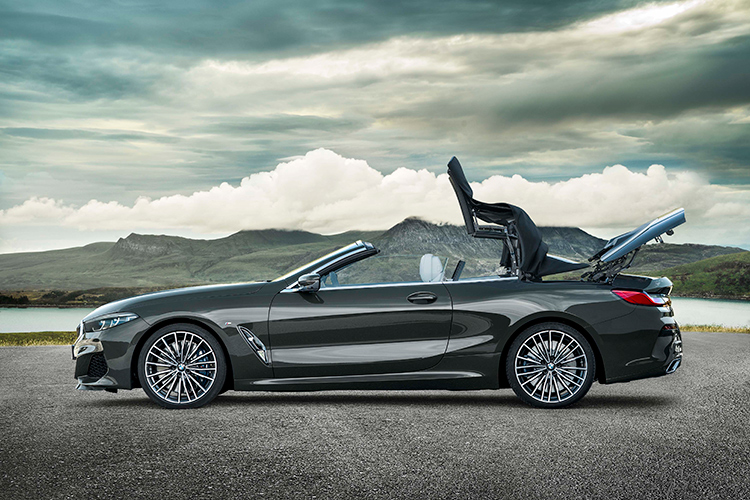
Convertible cars come in several configurations, each designed to cater to different driving needs, style preferences, and budgets. Understanding these types helps you pick a model that aligns with your lifestyle.
Soft-Top Convertibles
Soft-top convertibles use fabric or vinyl roofs that fold down either manually or automatically. They are generally lighter in weight, which helps with fuel efficiency and handling. Classic sports cars often feature soft-tops due to their compact design. However, they offer less insulation from noise and weather, and they require extra care to maintain their appearance and durability.
Hard-Top Convertibles
Hard-top convertibles come with a foldable roof made from metal or composite materials. These offer better security, insulation, and weather protection. They are heavier and more complex than soft-tops, which may reduce trunk space and slightly impact performance. Many luxury brands use hard-tops for added comfort and sophistication.
Targa Top & T-Top
Targa tops feature a removable roof panel above the front seats while keeping a fixed rear window and structural support. T-Tops, once popular in muscle cars, have two removable panels over the driver and passenger seats. Both styles offer partial open-air experiences and improved structural rigidity compared to fully open convertibles.
Each type has its own advantages, and the choice depends on climate, budget, and personal preference.
Benefits of Convertible Cars

There are many reasons why convertible cars continue to captivate drivers. Beyond aesthetics, convertibles provide tangible benefits that make them a joy to own and drive.
Enhanced Driving Enjoyment
The number one reason people choose convertibles is for the exhilarating driving experience. With the top down, you feel more connected to your surroundings—the sun, wind, road, and scenery all combine to make each journey special. It’s an unmatched way to enjoy road trips, scenic routes, or even a daily commute.
Stylish and Distinctive Look
Convertibles are often associated with elegance, luxury, and individuality. Whether it’s a sleek sports car or a classy cruiser, a convertible stands out in traffic and turns heads wherever it goes. The open-roof profile gives it a dynamic appearance that regular cars lack.
Versatility
Convertibles offer flexibility. You can keep the roof up during bad weather or down when the sun is shining. This makes them suitable for different seasons and driving moods. In essence, you’re getting two styles in one vehicle.
Good Resale Value
Well-maintained convertibles from trusted brands often retain their value over time. Some models—especially limited editions or luxury trims—may even become collectibles. Their uniqueness and desirability can lead to strong resale prices in the used car market.
Things to Consider Before Buying a Convertible

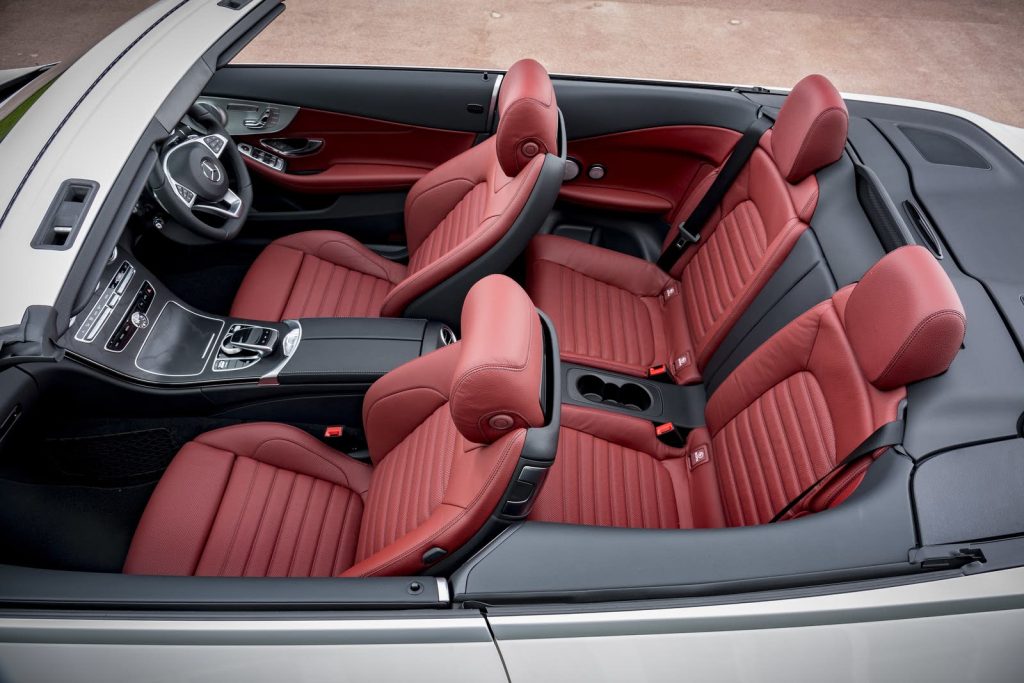
Despite their many advantages, convertibles are not ideal for everyone. Before making a purchase, it’s important to weigh a few key considerations to avoid unexpected challenges.
Climate and Weather
Convertibles are best suited for areas with mild or sunny climates. In regions with frequent rain or snow, convertibles may experience wear on the roof seals, leading to leaks or reduced insulation. Hard-tops offer better protection, but all convertibles require careful upkeep in harsh weather.
Space and Storage
Convertible cars typically have smaller trunks, especially hard-tops where the roof folds into the storage space. This can be an issue if you often carry luggage or gear. Most convertibles also offer limited rear-seat room, making them less practical for families.
Cost of Ownership
Convertibles tend to have higher insurance premiums due to their design and appeal. Repairs for the roof mechanism can be costly, especially for power-operated systems. Soft-tops also need regular cleaning and occasional replacement to stay in good condition.
Safety and Noise
Although modern convertibles include safety features like rollover protection systems, they are still less structurally rigid than fixed-roof cars. Soft-tops also provide less sound insulation, which may lead to a noisier ride on highways. If you prioritize quietness and security, a coupe or sedan might be better.
Top Convertible Cars in 2025
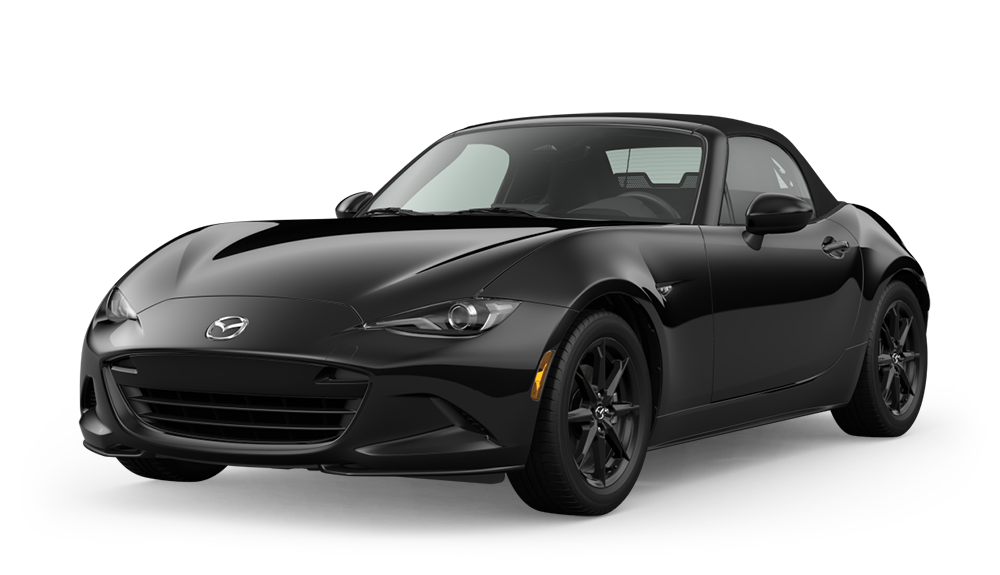
If you’re thinking about buying a convertible in 2025, you have a range of impressive models to choose from across different price points and styles.
Mazda MX-5 Miata
The Mazda Miata remains a fan favorite for its affordability, lightweight handling, and engaging driving dynamics. It features a manually operated soft-top and offers great fuel economy—perfect for weekend fun and daily drives.
BMW Z4 Roadster
The BMW Z4 combines luxury and performance with a sleek design. It comes with a power-folding soft-top, responsive turbocharged engines, and an upscale interior. Ideal for those who want a balance between thrill and refinement.
Ford Mustang Convertible
This American classic blends muscle-car power with convertible fun. Available with V6 or V8 engines, the Mustang convertible offers aggressive styling, strong performance, and modern tech. It’s a bold choice for drivers who love raw power.
Porsche 911 Cabriolet
For high-end buyers, the Porsche 911 Cabriolet offers unmatched performance, engineering, and status. With precision handling, a luxurious cabin, and a refined soft-top mechanism, it’s one of the most desirable convertibles in the world.
Tips for Maintaining a Convertible
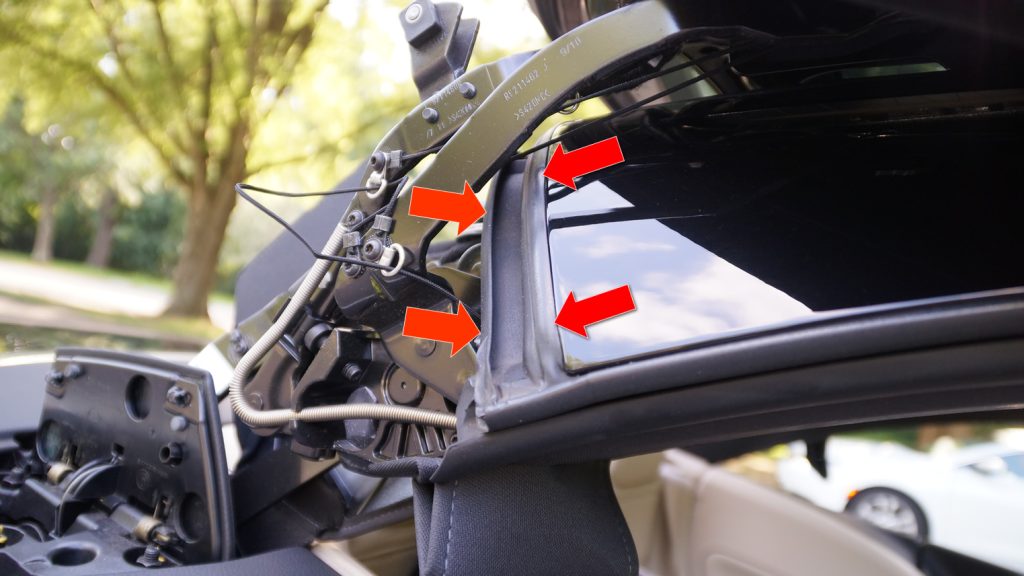
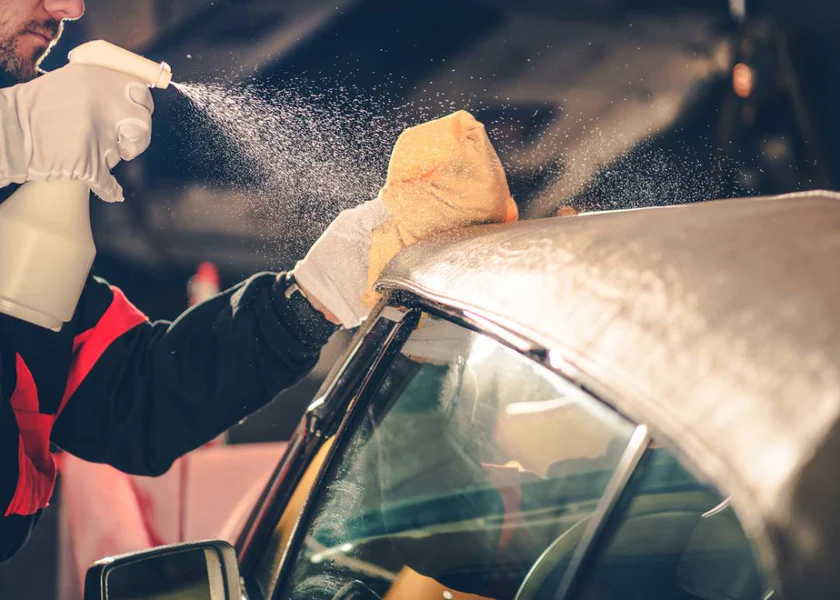
Proper care and maintenance are essential to keep your convertible looking and performing its best. Here’s how you can extend the life of your car and avoid common problems.
Clean the Roof Regularly
Soft-tops should be cleaned with specialized fabric or vinyl cleaners to prevent discoloration, mold, or mildew. Avoid harsh chemicals that can damage the material. Hard-tops should be washed just like the rest of your car’s body.
Check Seals and Weather Stripping
Over time, roof seals can wear down and cause leaks or wind noise. Inspect them regularly, especially before rainy seasons. Apply rubber conditioners to keep them soft and flexible.
Lubricate the Roof Mechanism
If your convertible has a power-operated roof, make sure the joints and moving parts are lubricated according to your car’s manual. Never force the roof open or closed if it’s stuck.
Store It Properly
When not in use, especially in off-seasons, store your convertible indoors or use a weatherproof cover. This protects both the roof and the paint from UV damage and environmental wear.
Is a Convertible Car Right for You?

Convertible cars are ideal for those who value style, freedom, and an engaging driving experience. They suit people living in sunny or moderate climates, and those who don’t mind sacrificing a bit of practicality for a lot of fun. If you primarily drive alone or with one passenger, and don’t need large cargo space, a convertible could be a perfect fit.
However, if you have a family, live in harsh climates, or need a car for utility and daily hauling, a sedan, SUV, or crossover might serve you better. It’s important to test drive different convertible models to see which one matches your lifestyle and preferences.
Convertibles are about enjoying the journey—not just getting from point A to B. If that sounds like your kind of ride, then a convertible car may be your next great decision.
Conclusion: Let the Sky Be Your Roof
Convertible cars offer a unique way to experience the road—with the wind in your hair and the sky above. Whether you’re drawn by their striking looks, thrilling drive, or the versatility of a retractable roof, convertibles bring joy and personality to every journey. With various options in the market—from budget-friendly to high-end luxury—there’s a convertible out there for almost every type of driver.
Before you make the leap, consider your local climate, storage needs, budget, and lifestyle. If everything aligns, you’ll join a passionate community of drivers who understand the magic of open-top motoring.

